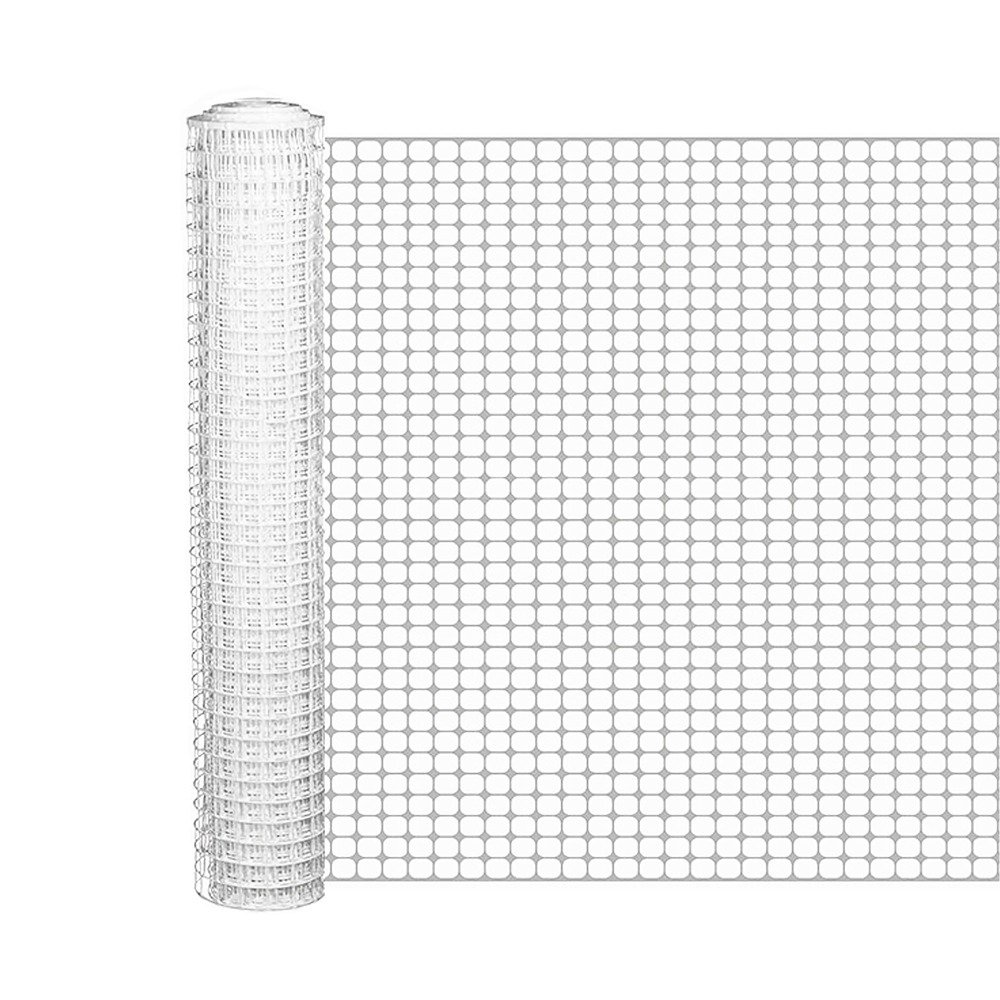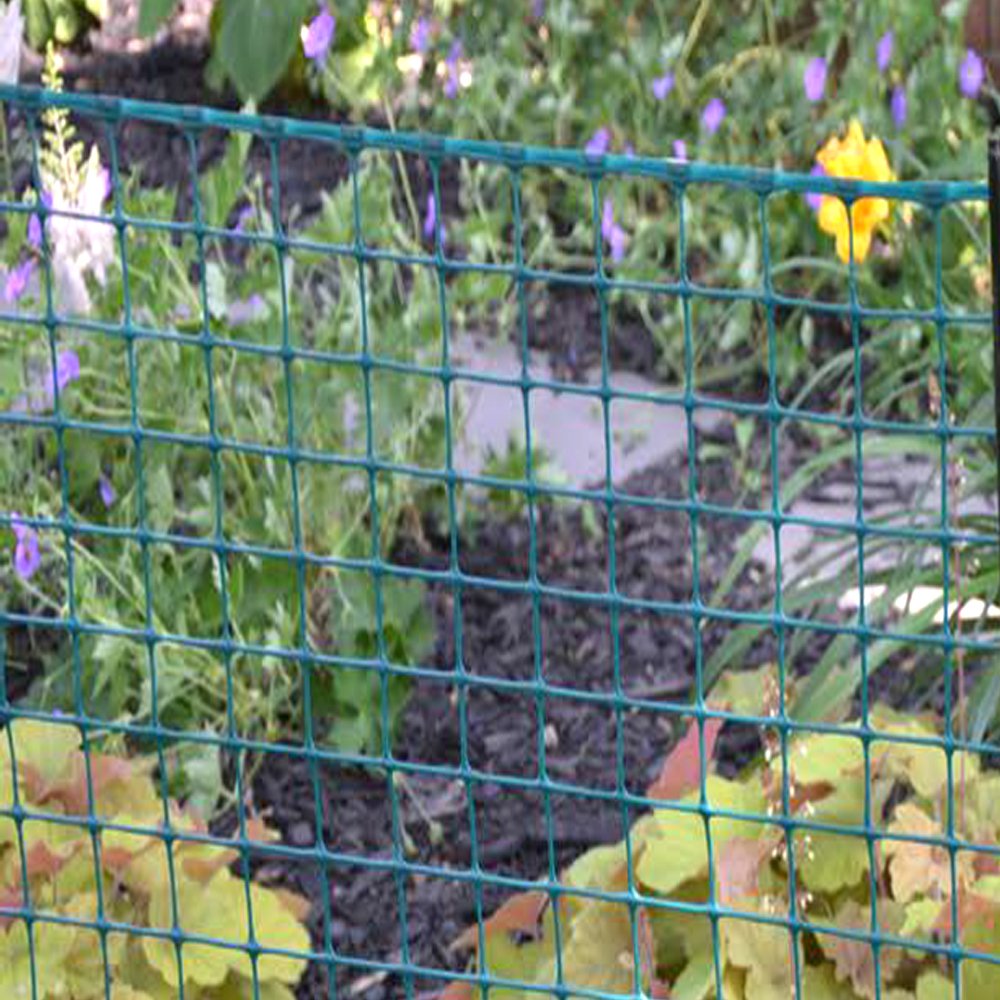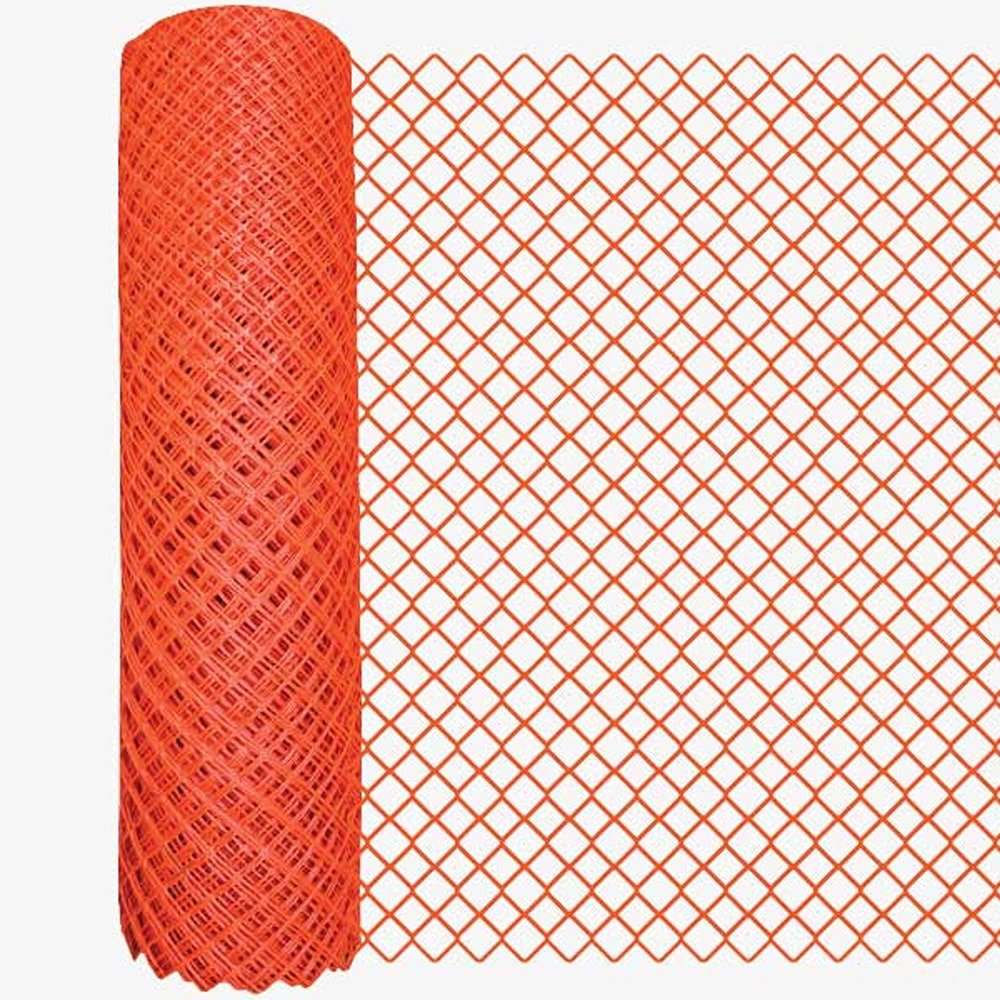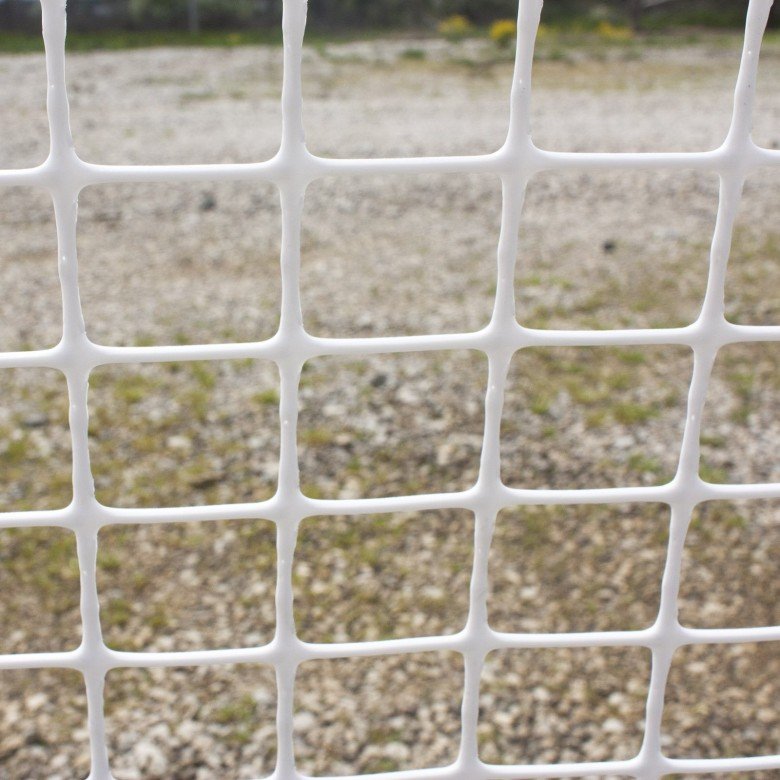Purposeful Snow Fence
The Heavy Duty Snow Fence is a cost-effective, high-performing solution to snowdrift containment, creating snowdrifts where desired while blocking extreme winds. Reliably protecting buildings, schools, and roads from extreme weather conditions, this snow fence is an investment in safety conditions for pedestrians, drivers, and property.
The snow fence decreases the velocity of the wind as it strikes the fence and passes through the mesh openings. This causes the wind to drop snow on the downside of the fence. The specially designed polyethylene mesh boasts wind resistance, UV resistance, rust resistance, recyclability, and reusability. Featuring long-lasting color that allows drivers and pedestrians to have better visibility as they travel in inclement weather. This budget-friendly snow fence is lightweight and easy to install, move, and store during off-seasons, maintaining high rigidity due to its incredible design.
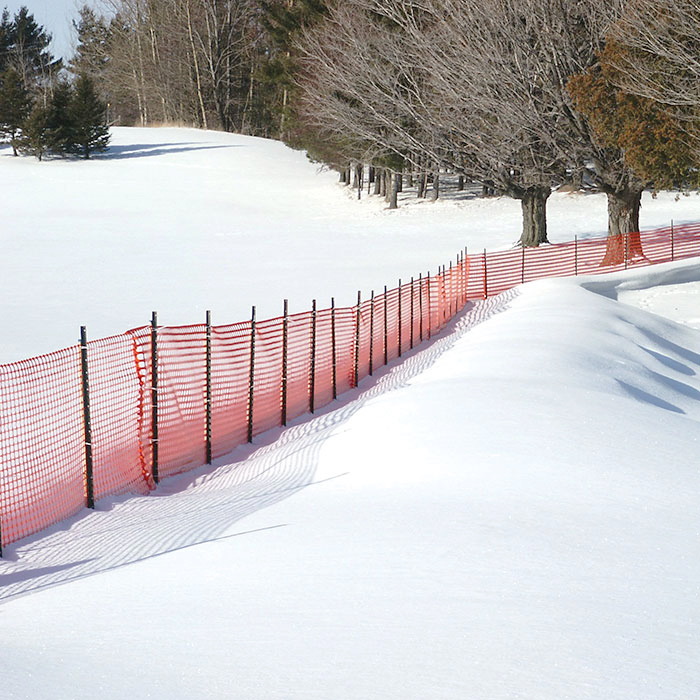
Applications:
Features:
Creating A Layout
For ideal installation, netting should be placed 65 ft. away from the area that needs to be kept clear of snow. Install posts in a zigzag pattern with metal or wood supporting posts every 6 ft. Snow fence should be attached on the upwind side of the thicker wooden post so it will blow against the post. This prevents the wind from tearing when the wind whips against the post. Use at least three nails for each post to prevent the fence from slipping up and down the post. Insert the post 1/3 of its height into the ground. Place the posts no more than 8 ft. apart.
Installing The Fence Netting
Install the net slightly raised from the ground for better performance. Pull the fence taut and nail the smaller wooden post to the upwind side. Fasten the net to the support structure with plastic ties placed every 1 ft. on metal posts and with nails or metal staples on wood fences. For additional security, plastic cable is commonly used, simply lace the cable through the apertures in the top and bottom edges of the fence.
Connecting Fence Sections
To connect fence sections, overlap the two adjoining ends by at least 6 ft. and weave through the overlapping ends and secure the ties. Snow fence can be left up all year as a windbreaker.
Wooden Posts
Wooden posts allow certain flexibility that is important for breaking wind. We do not recommend the use of metal posts to secure the plastic snow fence. Generally, snow fence should be 12 ft. upwind of the desired snow drift area. The fence should be sandwiched between two wooden posts, starting at a minimum of 5 ft. above ground. The higher the snow fence is above the ground, the further away the drift will develop. We do not recommend placing your fence higher than 2 ft. above the ground. If the fence is placed directly on the ground, it will be buried in the snowdrift.
Shop Snow Fence
